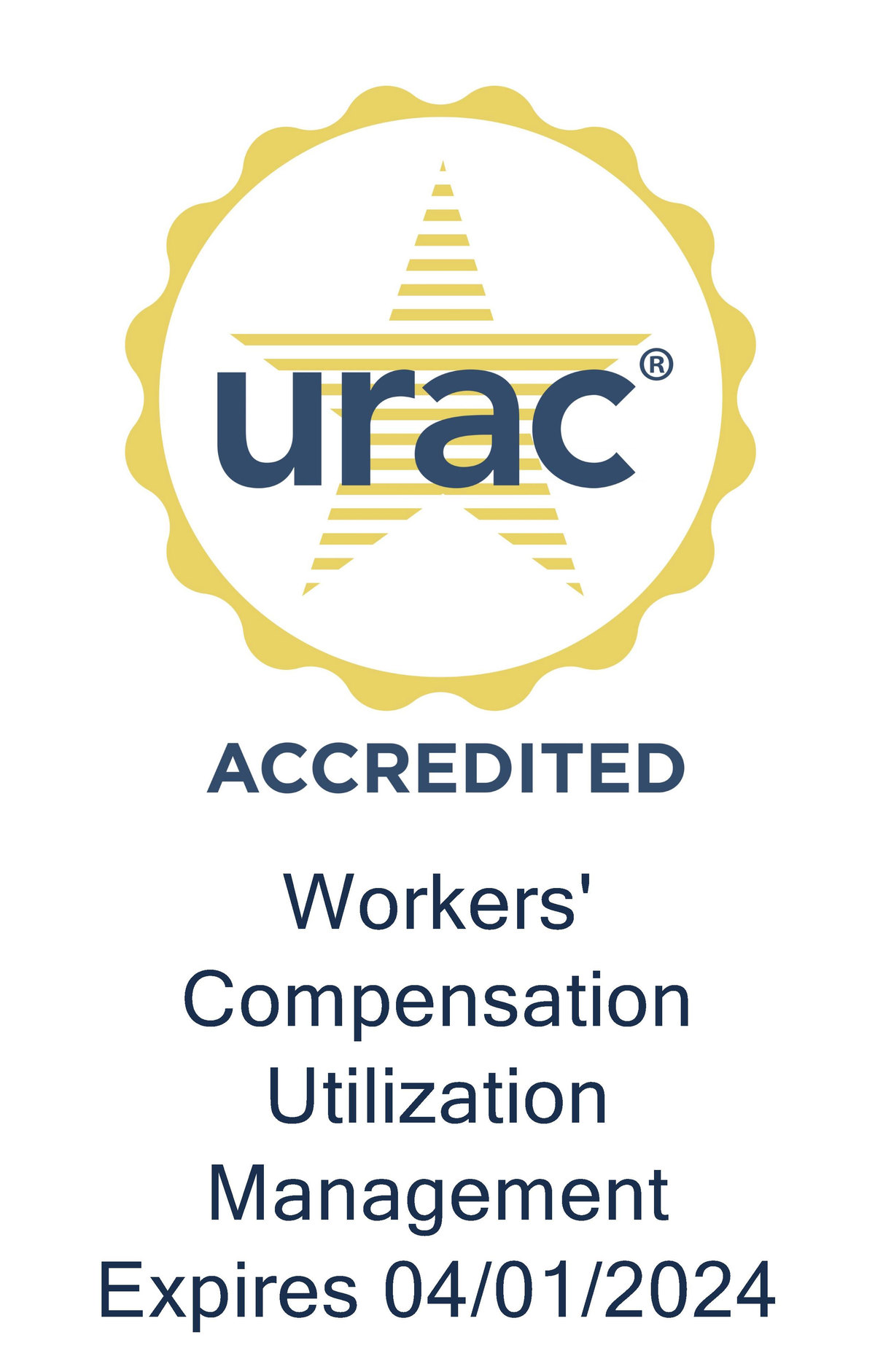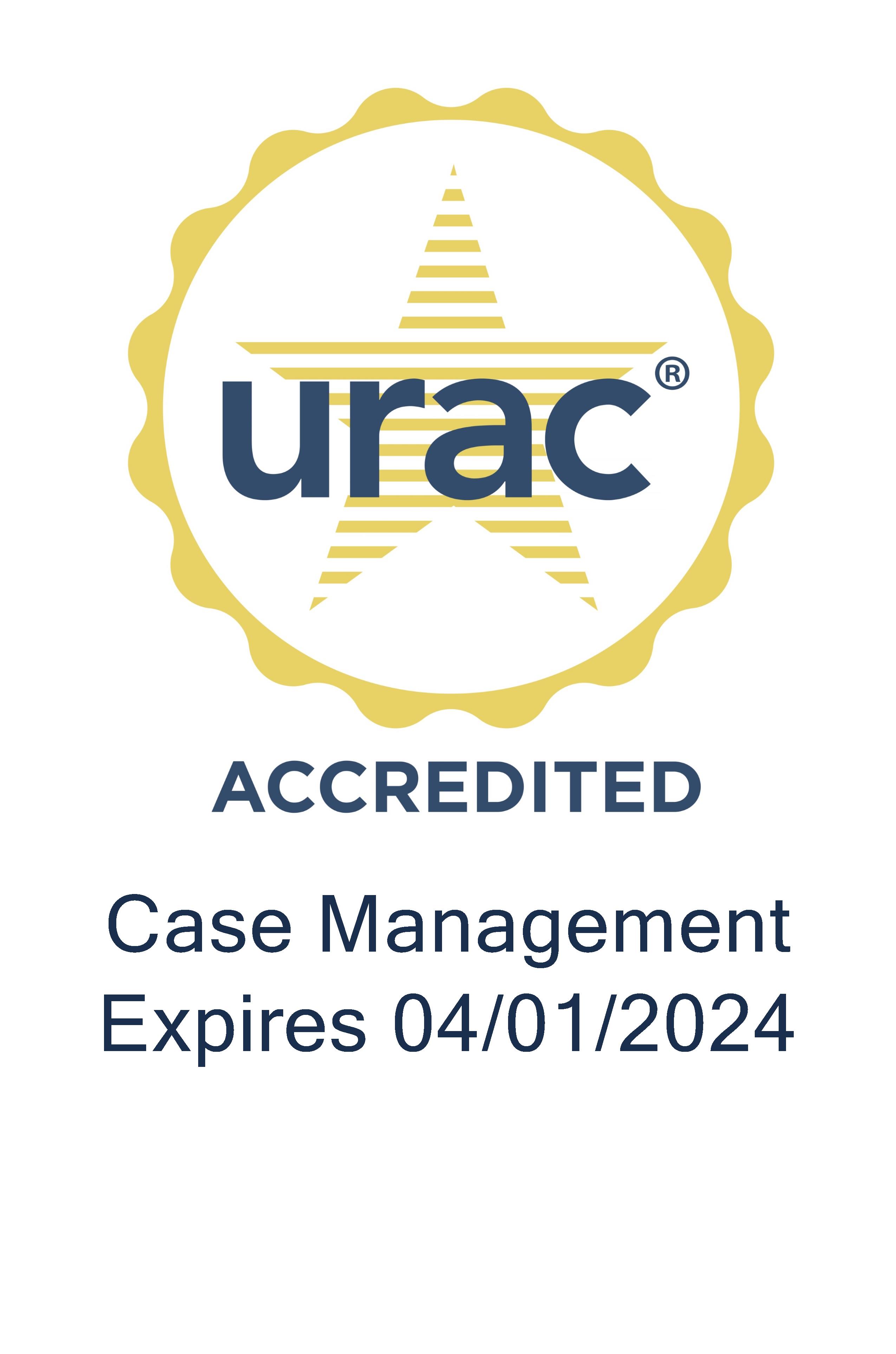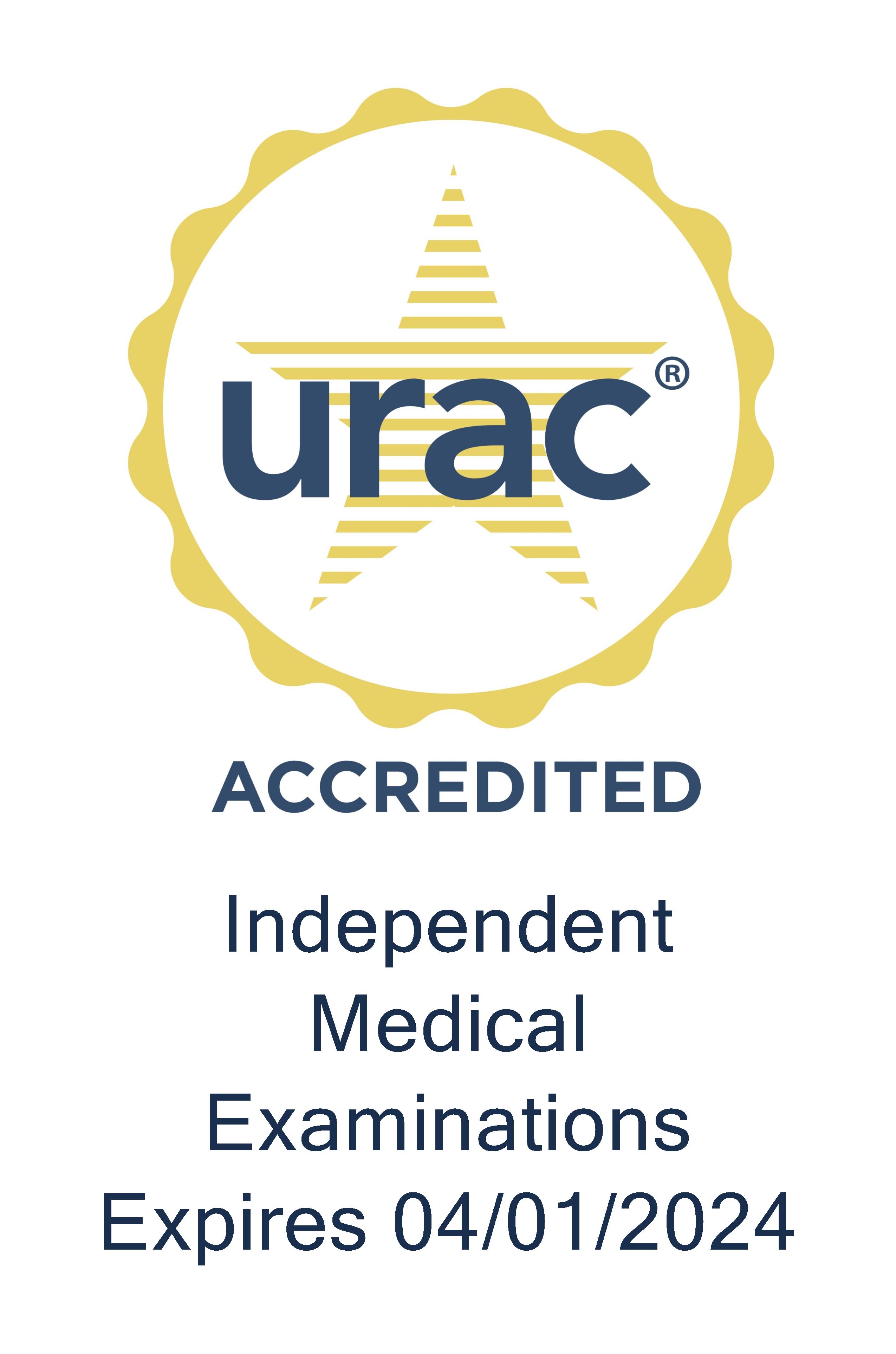In workers’ comp, the mass casualty event is the nightmare scenario that industry professionals fear the most. But as Genex’s Laney Bond, BSN, RN, CCM, National Catastrophic Program Manager, tells us in today’s Inside Workers’ Comp, a disaster recovery plan to address workers’ injuries can limit exposure and improve results.
Tom Kerr (TK): Laney, thanks for joining us.
Laney Bond (LB): Thanks for having me, Tom.
TK: Why is it important to implement a disaster recovery plan (DRP), and what industries should consider doing so?
LB: There are so many reasons to implement a disaster recovery plan for dealing with employee injuries, and I think really all employers should have one. In the wake of a single catastrophic injury or a mass casualty incident, chaos often ensues. It's important to be prepared for these events so that everyone knows their role and responsibilities and to mitigate risks and limit your exposure.
You want to be able to organize your resources and implement your plan as soon as possible. You need to consider the chain of command and the action plan for locating the injured parties and notifying your stakeholders and the next of kin. You will need to be prepared to respond to OSHA, federal and local investigators, and even politicians. You will also need to be prepared for media inquiries following these events.
We often receive catastrophic injury referrals in which the emergency contact information for the claimant is not readily available, usually because it's an after‑hours type of referral. Now, multiply this by 10, 50, or 100. I have seen mass casualty incidents involving up to 350 injured parties. In my experience, I have also seen MCIs ‑‑ mass casualty incidents ‑‑ with 250 parties go more smoothly than events that involve only 3 people. That has everything to do with their organization and planning.
This is a direct result of having a plan of action, a chain of command, the proper resources in place, and the preparation of the employer and carrier in the DRP drills.
TK: What are the first steps in implementing a plan?
LB: First and foremost, employers will want and need to know who's injured. Next, you will want to notify your stakeholders and next of kin. Once that is done, employers will be engaging the insurance carrier, who in turn will engage the necessary resources to collect preliminary information.
Where are the injured people located? Were they taken by ambulance, airlift, or other means such as buses? Were they sent to a hospital? Which one? Or was there a MASH‑type of
Then there are additional factors to consider. Where will the injured stay after discharge if they can't immediately get home? How will the family get there, where will they stay, and who will pay for transportation, food, and lodging? Also, how will the belongings be returned to the injured party, everything from cell phones to suitcases, and even sometimes
TK: And what are the first steps in developing a plan?
LB: The first step is to identify stakeholders and develop a chain of command. Prepare your human resources department and train your leadership on CRP handling. I highly recommend storing human resources records on‑ and offsite so that at least two people have 24/7 access to employee records.
We had an event where there was a granary explosion, and the HR records were all contained within the granary. There were 50 people injured and scattered all over the county. It was a rural area. There weren't enough hospitals in the local area to treat everybody, and it was very difficult to figure out who was where, because we've got HIPAA, you've got media, you've got just pure chaos. Some people can't even identify themselves, so you really need access to those human resource records right away.
You want to keep your employee records, your annual house reviews, and your emergency contacts for your employees updated, and you want to talk with your insurance carrier about planning. You need to also identify available resources such as nurse case management, ancillary resources for things like transportation, pharmacy, outpatient care, and therapy, home modifications, durable medical equipment, and more.
Also, familiarize yourself with the community emergency response resources. That will help you understand how they distribute the people, triage people, and prioritize where they're going to be sent to.
TK: Who are some of the instrumental players involved in a DRP?
LB: First of all, you want two people to be identified as
TK: Laney, could you share a success story of when a DRP lead to a more favorable outcome?
LB: We recently had one involving 250 people on mass transit, and the plan that was in place there expedited services exponentially. We were able to immediately get nurses assigned to go to the hospital, to identify where people were, we knew who to report to, and it just went very smoothly for everybody. The patients got better care. The hospitals understood who we were and what we were doing. The insurance carrier and the employer knew their risk and exposure. They knew what to do, and they had a firm and established
TK: Thanks, Laney. In our next Inside Workers’ Comp, we’ll look at diversity training, and how RIMS will focus on this topic at this year’s conference. Until then, thanks for listening.






